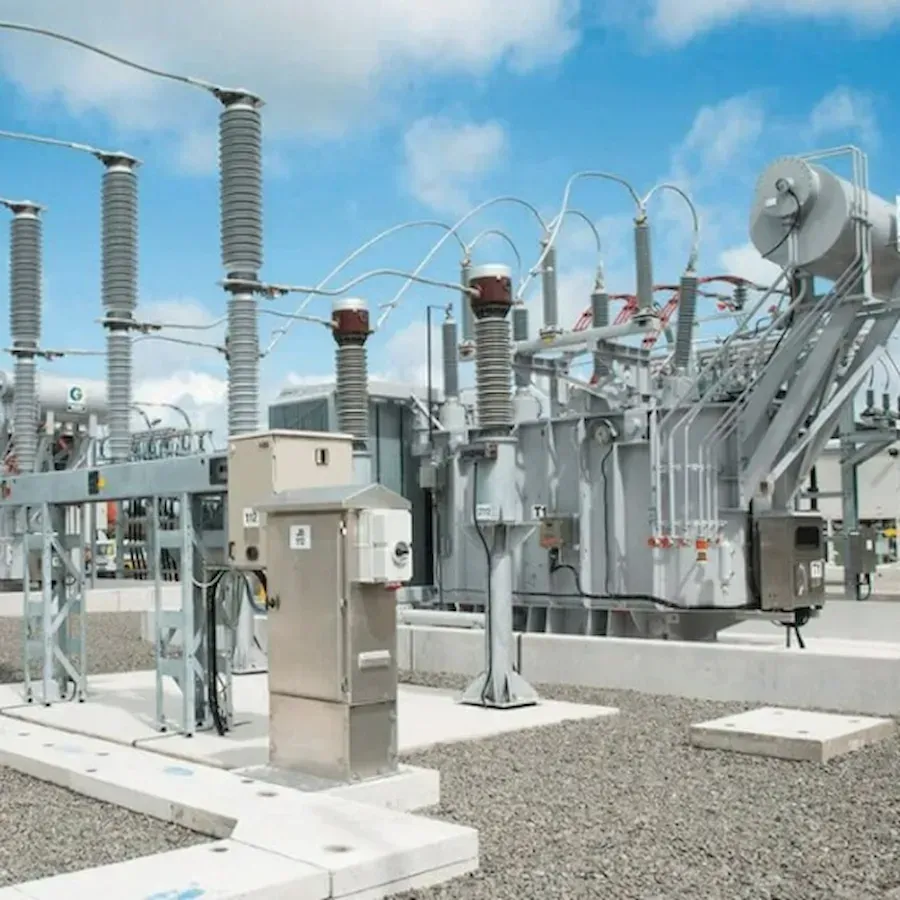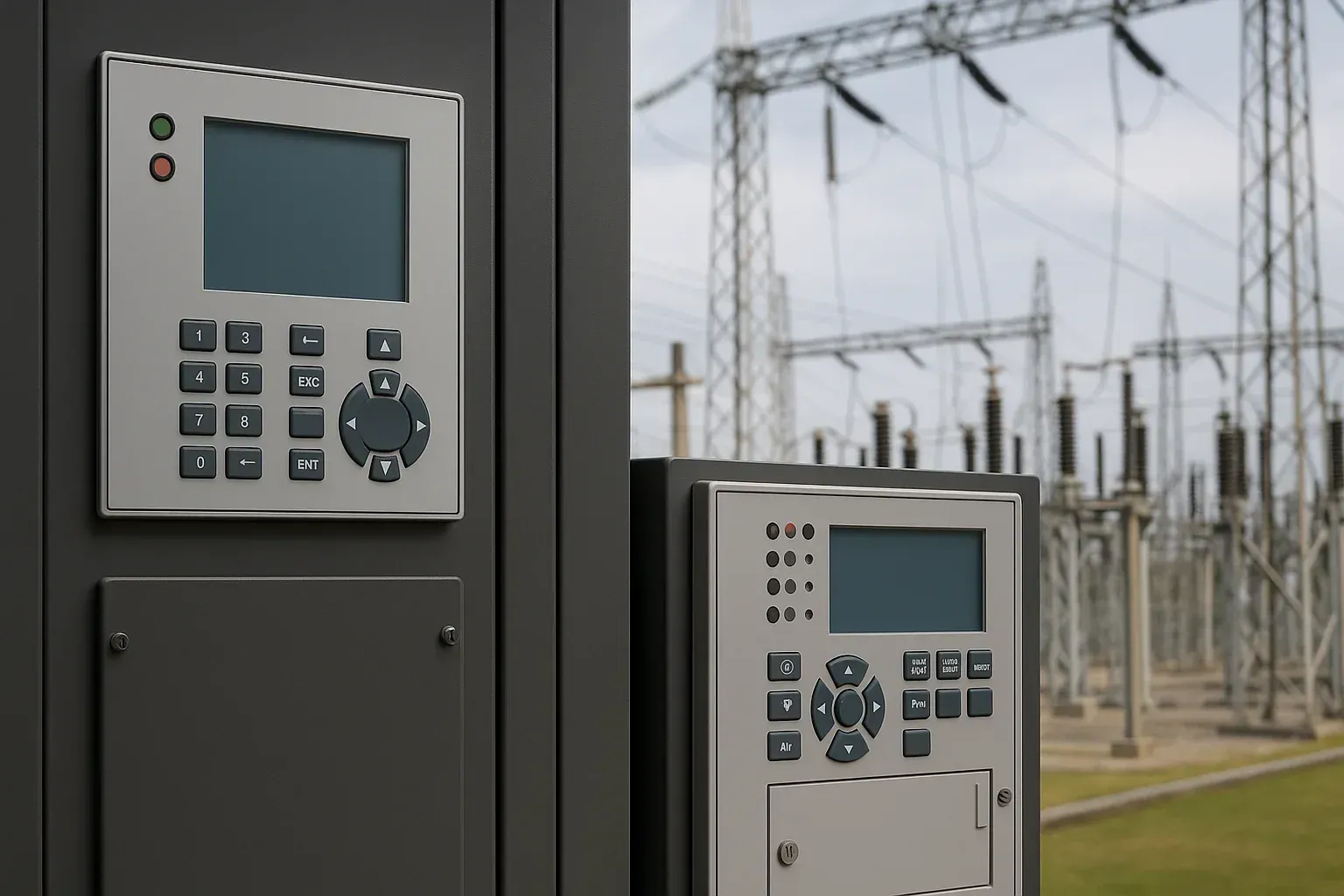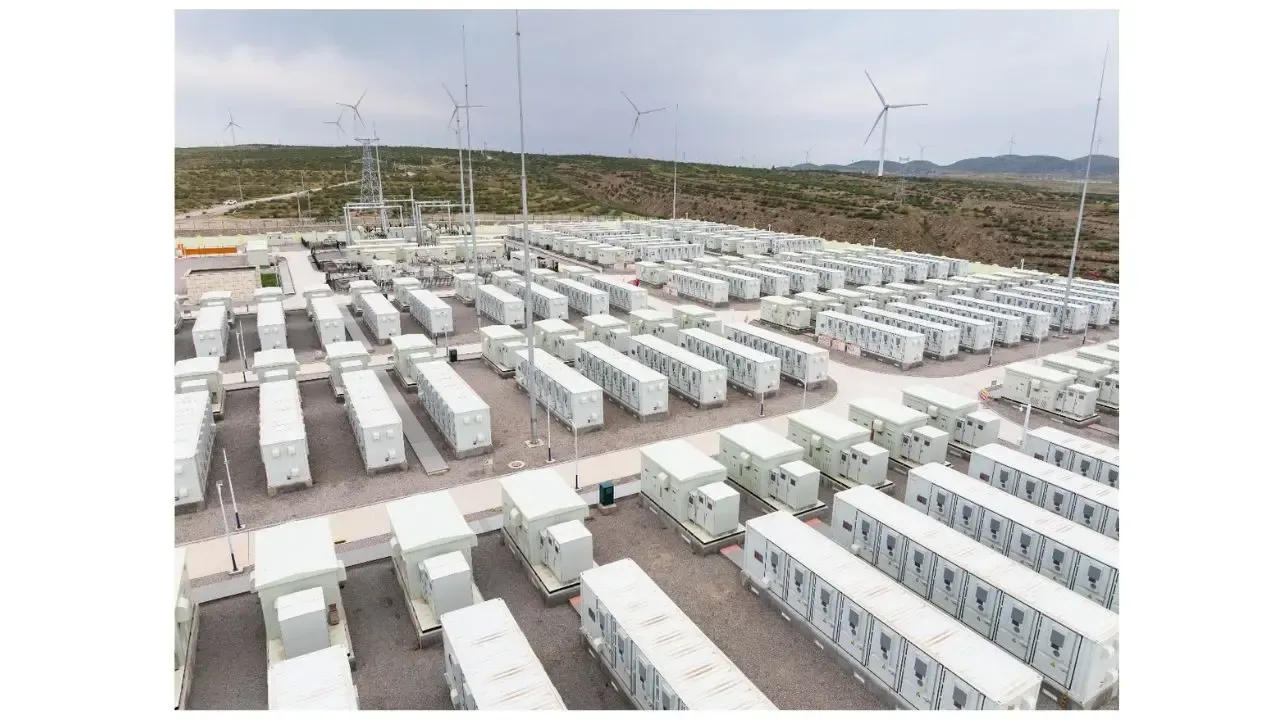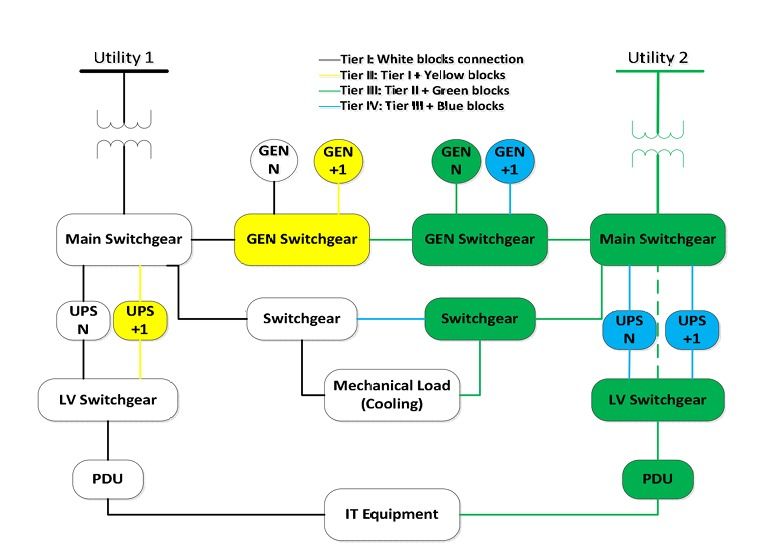A Coordinated Electric System Interconnection Review—the utility’s deep-dive on technical and cost impacts of your project.
Designing and Engineering a Large-Scale Power Plant: Key Steps for Success
July 1, 2023 | Blog
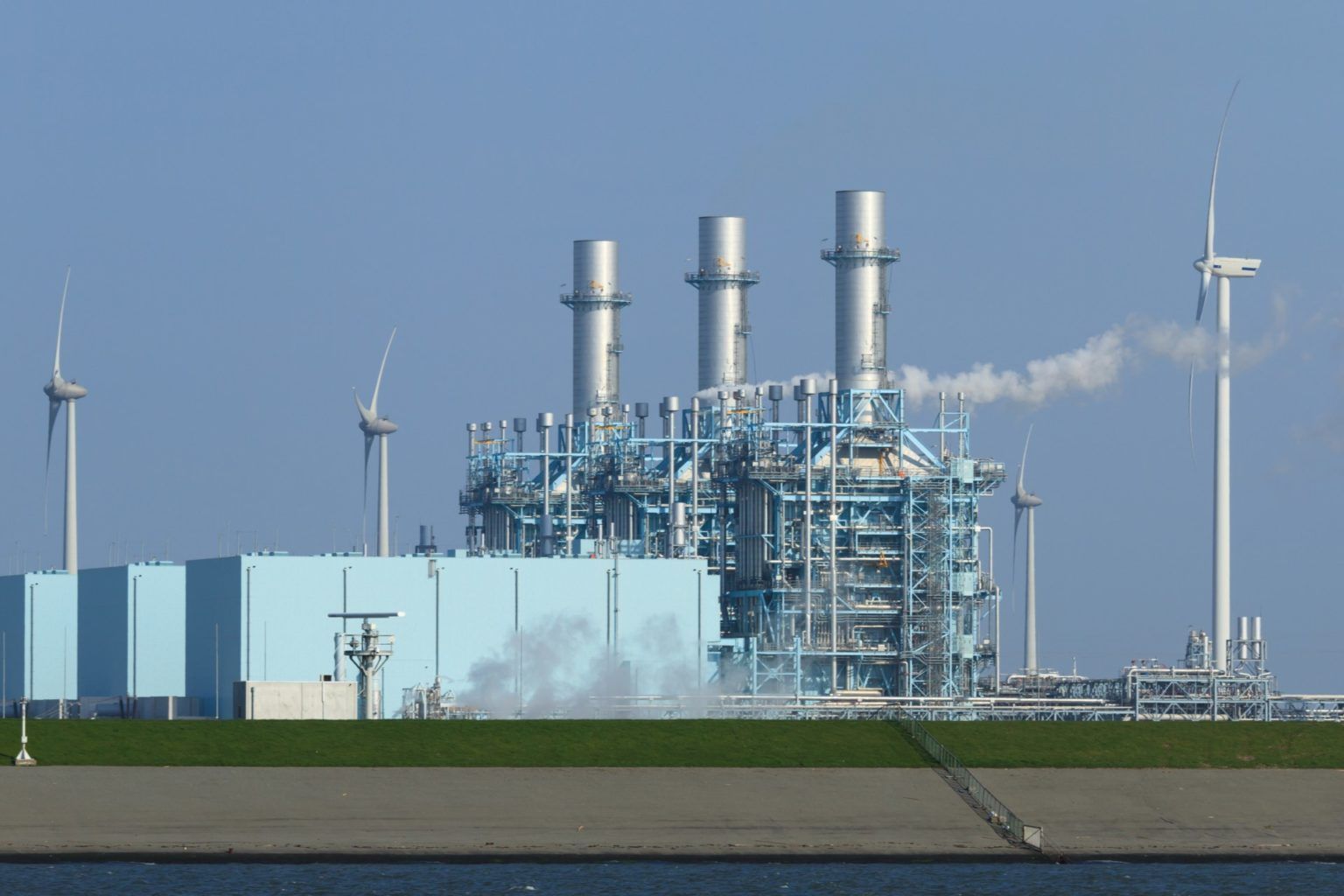
Designing and engineering a large-scale power plant is a highly structured process that requires deep expertise in electrical, mechanical, and civil engineering. At Keentel Engineering, we guide stakeholders from initial concept to operational readiness—ensuring each power system design is efficient, scalable, and grid-compliant.
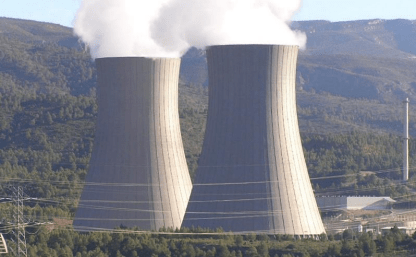
Whether you're planning a thermal, solar, gas, or hybrid plant, the following steps lay the groundwork for successful execution and long-term performance.
1. Site Selection for Power Plants
Choosing the right location is the first and most critical step. Factors considered include:
- Fuel availability (natural gas, coal, biomass, renewables)
- Water access for cooling systems
- Topography and soil conditions for structural stability
- Proximity to the grid for transmission interconnection
- Environmental impact and local permitting regulations
Keentel engineers help evaluate all technical and environmental variables to identify the most viable sites for large-scale projects.
2. Power Plant Feasibility Study
A feasibility study evaluates the project's economic viability, technical scope, and environmental footprint. This includes:
- Fuel sourcing and cost modeling
- Expected energy output vs. demand
- Environmental assessments and mitigation plans
- Transmission access and interconnection studies
- Cost-benefit analysis and regulatory pathways
This step ensures you're making data-driven decisions before committing capital.
3. Conceptual Power Plant Design
Once feasibility is confirmed, the conceptual design begins:
- Define plant type: combined-cycle, open-cycle, solar PV, BESS-hybrid
- Estimate MW capacity and power block configuration
- Select generation technology: turbines, boilers, inverters
- Outline auxiliary systems: fuel handling, cooling towers, emissions control
This phase sets the vision and technical direction for the project.
4. Detailed Engineering and Design
Keentel's multidisciplinary teams create fully engineered construction packages covering:
- Electrical system design: MV/LV layout, protection relays, control systems
- Mechanical and civil engineering: piping, HVAC, structural layout
- SCADA, EMS, and grid integration
- Construction drawings, bill of materials (BOM), and QA/QC plans
All designs adhere to IEEE, NFPA, and local utility standards.
5. Procurement of Equipment and Materials
We support EPC contractors and developers with sourcing and procurement services:
- Select OEMs for turbines, transformers, switchgear, and controls
- Prepare RFPs and conduct bid evaluations
- Negotiate contracts and manage lead times
- Ensure compliance with UL, ISO, and NRTL standards
Keentel offers procurement oversight to reduce cost overruns and schedule risks.
6. Construction and Installation
Once equipment is procured, construction begins:
- Site clearing and grading
- Civil foundation works and trenching
- Mechanical equipment erection
- MV and LV electrical systems installation
- Integration of auxiliary systems
Our construction support ensures code compliance, safety, and adherence to design intent.
7. Testing and Commissioning
Commissioning is a multi-stage process designed to validate performance before grid synchronization:
- Pre-functional testing: insulation, continuity, torque checks
- System energization: MV/LV panels, protection relays, SCADA controls
- Load testing and reliability runs
- Handoff documentation and compliance reports
Explore our MV/LV Commissioning Services for in-depth process coverage.
8. Power Plant Operation and Maintenance
Once the plant is live, Keentel provides:
- Ongoing performance monitoring and data logging
- Scheduled preventive maintenance
- Support for SCADA alarms, trip analysis, and protective relays
- Lifecycle engineering for repowering, asset optimization, and upgrades
We help ensure your power generation assets remain safe, efficient, and compliant for decades.
Why Work with Keentel Engineering?
Our team brings 30+ years of expertise in power systems, substation engineering, NERC compliance, and large-scale energy projects. Whether you're a utility, EPC, developer, or asset manager, Keentel delivers end-to-end engineering support—from concept to commissioning.
Ready to Design a Large-Scale Power Plant with Confidence?
At Keentel Engineering, we bring decades of field-tested expertise to every power generation project. Whether you’re planning a thermal, solar, or hybrid plant, our team delivers the engineering clarity, code compliance, and performance reliability your project demands.
👉 Schedule a Consultation to get started with expert support from site selection to commissioning.
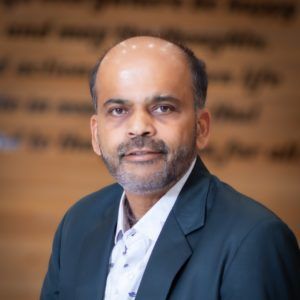
About the Author:
Sonny Patel P.E. EC
IEEE Senior Member
In 1995, Sandip (Sonny) R. Patel earned his Electrical Engineering degree from the University of Illinois, specializing in Electrical Engineering . But degrees don’t build legacies—action does. For three decades, he’s been shaping the future of engineering, not just as a licensed Professional Engineer across multiple states (Florida, California, New York, West Virginia, and Minnesota), but as a doer. A builder. A leader. Not just an engineer. A Licensed Electrical Contractor in Florida with an Unlimited EC license. Not just an executive. The founder and CEO of KEENTEL LLC—where expertise meets execution. Three decades. Multiple states. Endless impact.
Services

Let's Discuss Your Project
Let's book a call to discuss your electrical engineering project that we can help you with.

About the Author:
Sonny Patel P.E. EC
IEEE Senior Member
In 1995, Sandip (Sonny) R. Patel earned his Electrical Engineering degree from the University of Illinois, specializing in Electrical Engineering . But degrees don’t build legacies—action does. For three decades, he’s been shaping the future of engineering, not just as a licensed Professional Engineer across multiple states (Florida, California, New York, West Virginia, and Minnesota), but as a doer. A builder. A leader. Not just an engineer. A Licensed Electrical Contractor in Florida with an Unlimited EC license. Not just an executive. The founder and CEO of KEENTEL LLC—where expertise meets execution. Three decades. Multiple states. Endless impact.
Leave a Comment
We will get back to you as soon as possible.
Please try again later.
Related Posts


